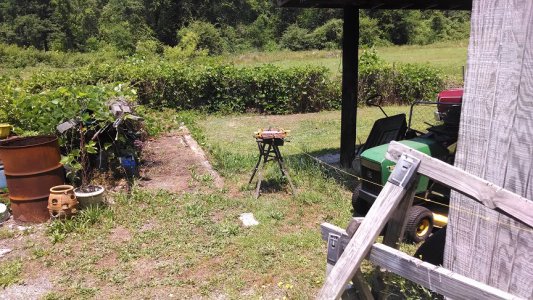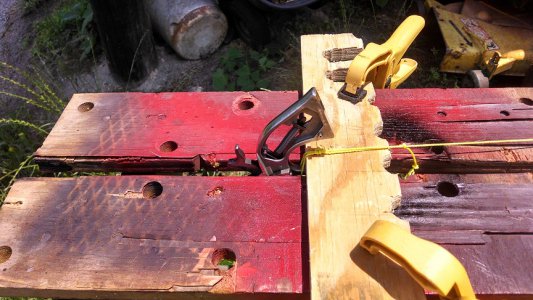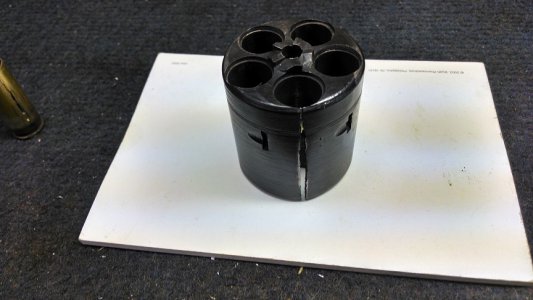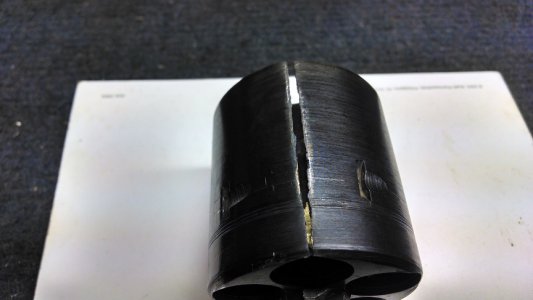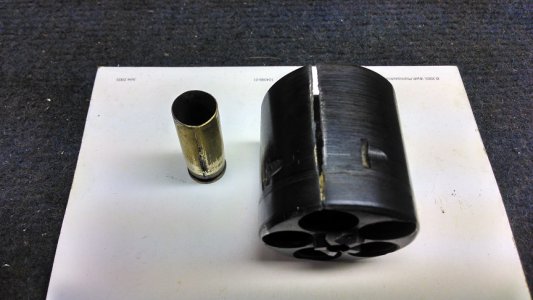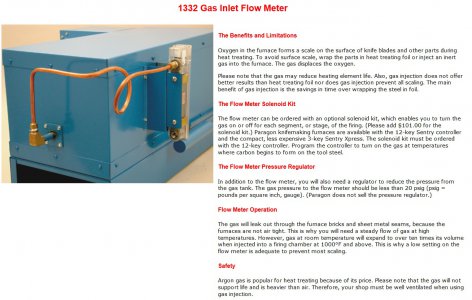Another method to reduce oxidation of the work being heat treated is to pack it in a carbonaceous material; in the shop where I apprenticed 50 plus years ago, we had a nice temp controlled gas furnace, if you adjusted the atmosphere to be non scaling, it took too long to come up to temperature, so we packed the work in crushed peach pit charcoal in a stainless steel box that had a loosely fitting cover; we would let the furnace come up to temp with the work inside, then allow an hour per inch of crosssection for soaking, then fish the work out and quench, usually in oil (quenching oil) and then draw the temper in a temperature controlled salt bath, using a 50/50 mixture of sodium and potassium nitrate; this is the lowest melting salt mixture, it will remain pretty much in a liquid state down to about 250 - 275 degrees F and will go up to over 1,000 deg F. At 600 - 650 F, it will blue steel nicely; this is how the gun people do it. By varying the time in the bath, colors from light blue to black may be achieved in quite a short time, and the work needs no cleaning prior to bluing, unlike the preparations that are sold for gun bluing and are much less protective from rusting.
After using the peach pit charcoal for years, they ran out and were unable to find more, at that time the ended up using crushed coke, which seems to be a viable replacement. Many years after leaving the shop and starting my own machine shop, they ceased business, and I went there and bought the whole heat treating equiptment and supplies; I mainly wanted the supplies, and now able to do the bluing in my retirement shop at home.


